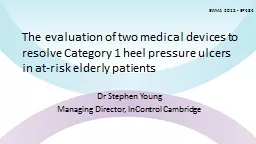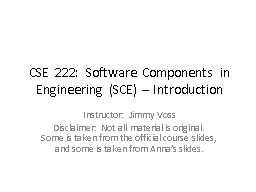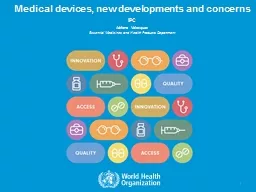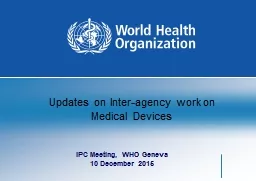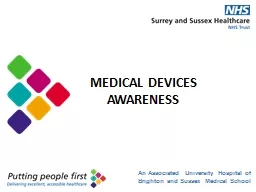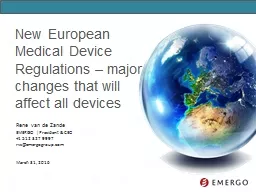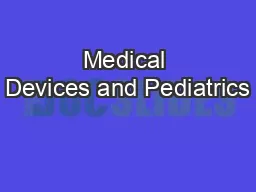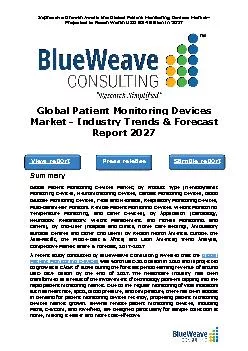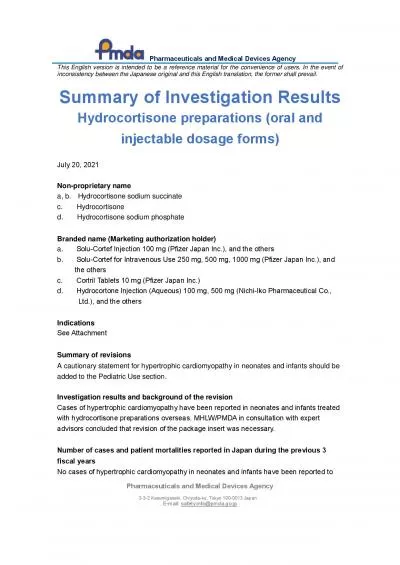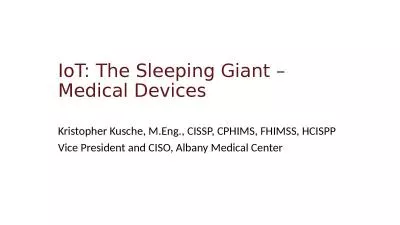PPT-The evaluation of two medical devices to resolve Category 1
Author : test | Published Date : 2016-08-04
Dr Stephen Young Managing Director InControl Cambridge EWMA 2015 EP484 Introduction The aim of the study was to evaluate the ability of two medical devices
Presentation Embed Code
Download Presentation
Download Presentation The PPT/PDF document "The evaluation of two medical devices to..." is the property of its rightful owner. Permission is granted to download and print the materials on this website for personal, non-commercial use only, and to display it on your personal computer provided you do not modify the materials and that you retain all copyright notices contained in the materials. By downloading content from our website, you accept the terms of this agreement.
The evaluation of two medical devices to resolve Category 1: Transcript
Download Rules Of Document
"The evaluation of two medical devices to resolve Category 1"The content belongs to its owner. You may download and print it for personal use, without modification, and keep all copyright notices. By downloading, you agree to these terms.
Related Documents

